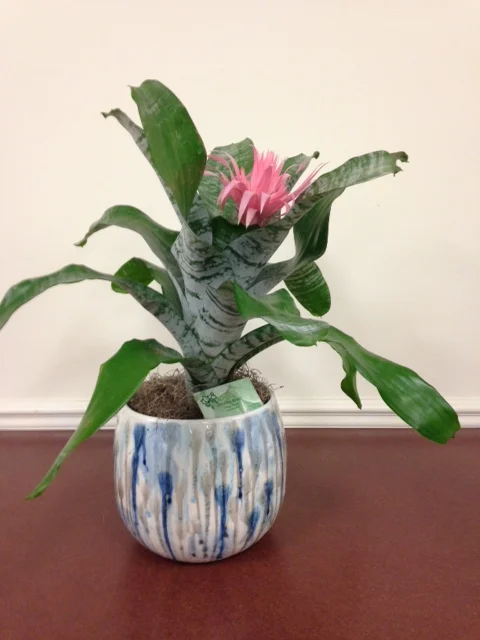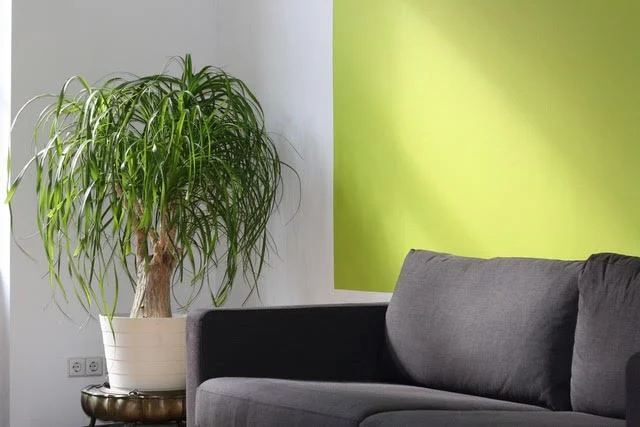Count Down to Christmas, Make it Stress-Free with Plants
Getting ready for the holidays is often a chaotic and hectic time. But adding the holiday look and feel to your space doesn't have to be frustrating or time-consuming! You can use plants and other natural materials to make holiday decorating elegant and easy. From countertop accents to dining-table centerpieces and tree decorations, we've got you covered! Here's how you can make it stress-free with plants as you count down to Christmas.
Winter in Bloom
For stunning pops of color throughout your home, Christmas cacti are a great choice. These low-maintenance Brazilian natives are known for their exquisite blooms throughout December. Available in a variety of colors, placing these plants around your home will add a touch of nature all year round with a winter showcase in striking white, pink, red or purple blooms.
Another gorgeous holiday plant is the Amaryllis. This elegantly slender beauty features large multi-bloom stalks that will continue to bloom throughout the year. These large bulbs make a great gift for any occasion and can be used to create stunning showpieces for mantels or centerpieces for your holiday meal.
Paperwhites are brilliantly fragrant, tall plants with crisp, delicate, white blooms. These low-maintenance beauties can be enjoyed throughout the year by simply placing the bulb in a dish with stones or marbles and adding water.
Bringing the Outdoors In
Give your tree a gorgeous, elegant look doesn't have to be a huge undertaking. Make this year's decorating simple and stress-free by using terrarium bulbs. These clear glass bulbs can be filled with a variety of natural elements like moss, feathers, acorns, and so much more! Mark a major to-do off your list with this stress-free tree decorating tip so you have more time to enjoy spending time with family and friends this holiday season.
Always Poinsettias
When in doubt, one can never go wrong with adding the festive, vibrant blooms of Poinsettias. Call Alan at Interior Plants, Inc., 609-890-9304 for all your Holiday needs.









